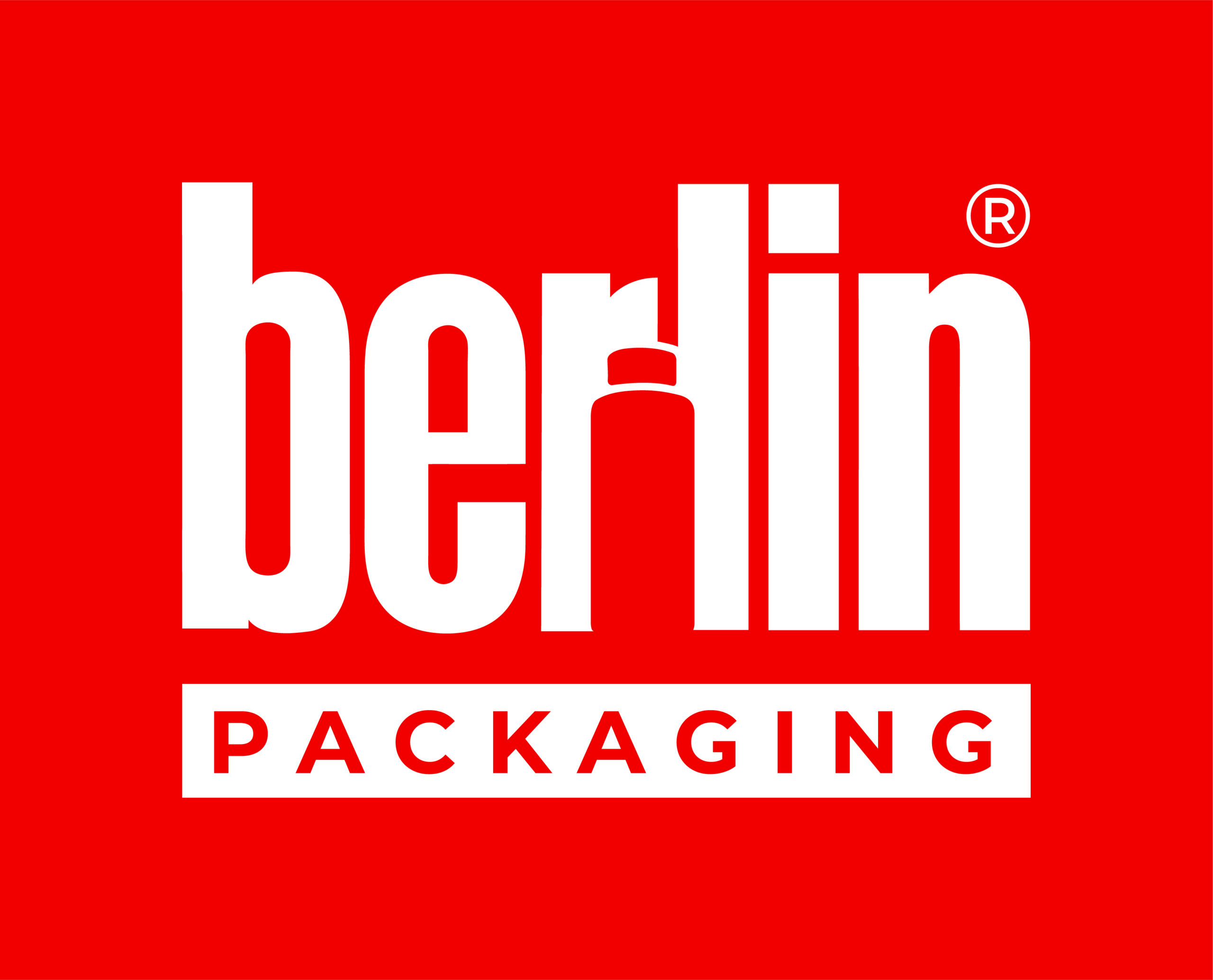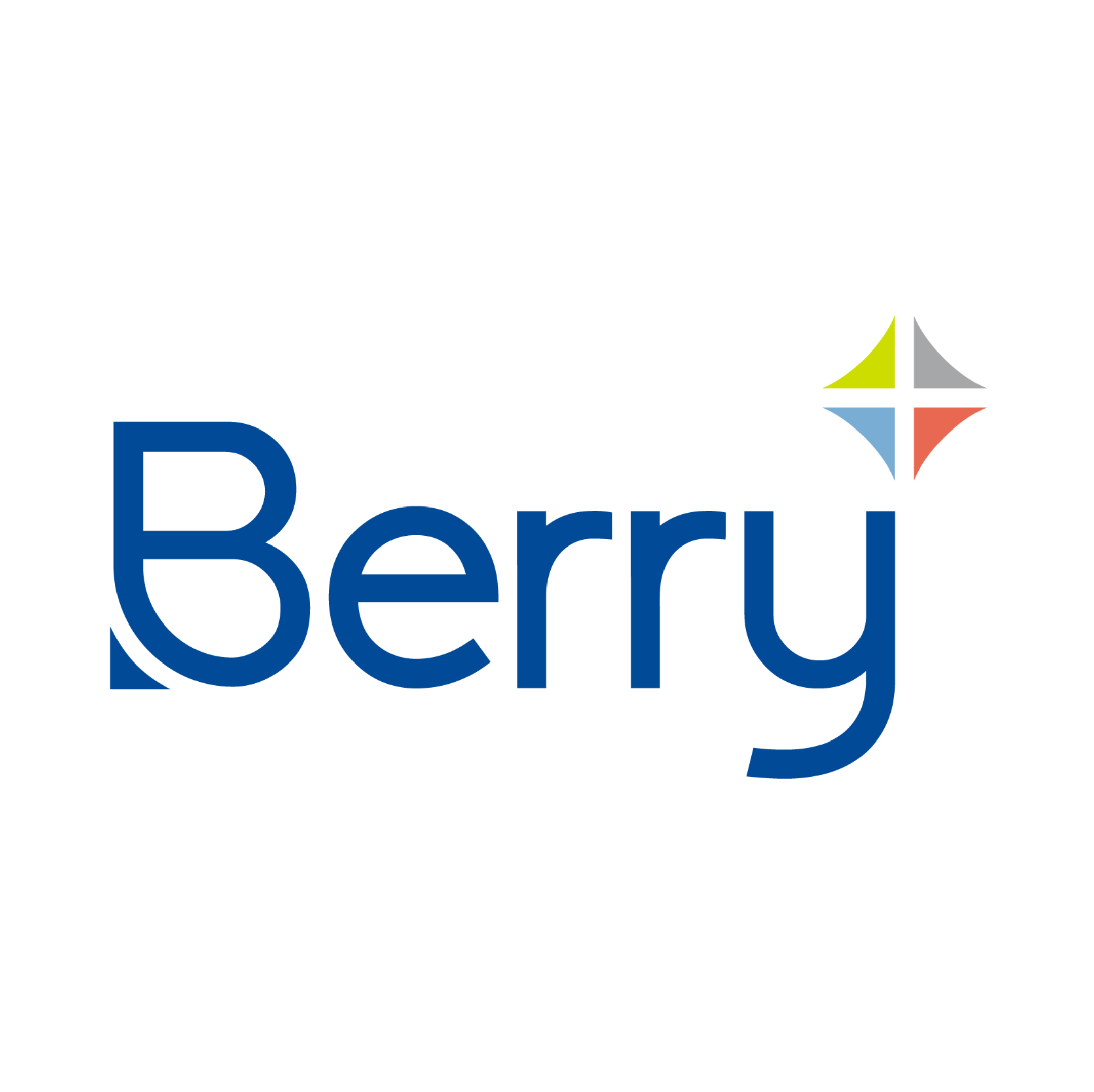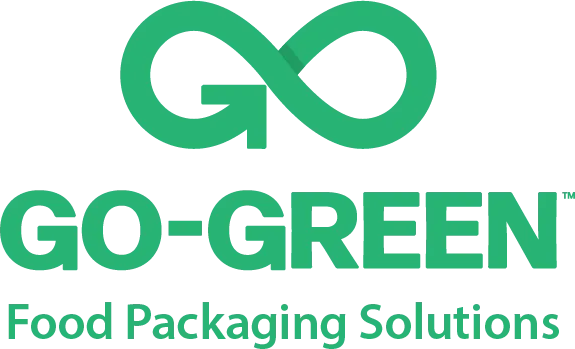As consumer preferences continue to shift toward more sustainable solutions, the food packaging sector must adopt a more flexible and forward-thinking approach. Key innovations such as automation, smart packaging, advanced barrier technologies, and digital traceability are now essential for success. In the early years of innovation, food packaging focused on advancements in materials science, higher safety standards, and greater efficiency in food preservation.
How Technology is Changing Food Packaging
Technological advancements are reshaping food packaging, making it more effective, sustainable, and intelligent. New solutions aim to reduce waste, improve food safety, and enhance convenience. The demand for sustainable, cost-effective, and adaptable packaging systems is stronger than ever. Innovations such as biodegradable materials, antimicrobial coatings, and intelligent labels are accelerating progress in packaging development while also increasing flexibility and safety. These advancements not only support better food preservation but also align with growing consumer expectations for environmentally responsible packaging.
Additionally, companies are increasingly adopting smart packaging to monitor food quality and safety in real time. Intelligent labels and sensors track the condition of food products throughout the supply chain, from farm to table. These technologies deliver critical data on temperature, freshness, and potential contamination, helping prevent spoilage and improving food safety. Some manufacturers are already implementing virtualized packaging systems that share product condition data across the supply chain. These systems enable better control, visibility, and management of food packaging operations.
Advancing Food Safety with Smart Packaging
Recent advancements in food packaging focus on smart packaging, sustainability, and automation. Smart packaging solutions now enable real-time monitoring, helping companies ensure product freshness and safety while reducing waste. This new generation of food packaging includes embedded sensors and antimicrobial coatings that detect contamination risks, optimize shelf life, and minimize spoilage. These technologies can automatically alert stakeholders to potential issues before products reach consumers, contributing to a more efficient and safer supply chain.
As smart packaging becomes more widespread, the food packaging industry faces new challenges, especially in ensuring compliance with food safety regulations and environmental standards. In response, industry leaders are working to reduce risks by embedding safety protocols into packaging design, minimizing contamination, and aligning with global regulatory requirements. Although there is strong enthusiasm for smart packaging, cybersecurity and data protection remain key concerns as packaging systems become more connected and data-driven.























